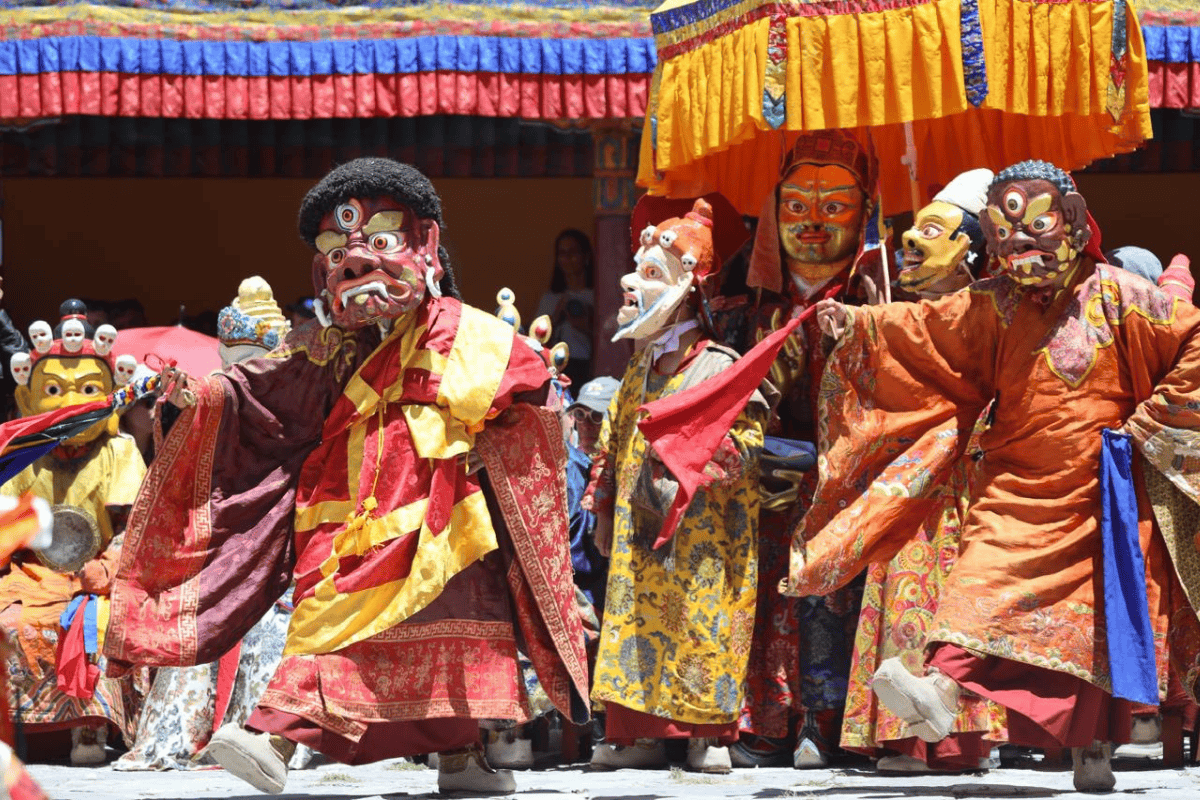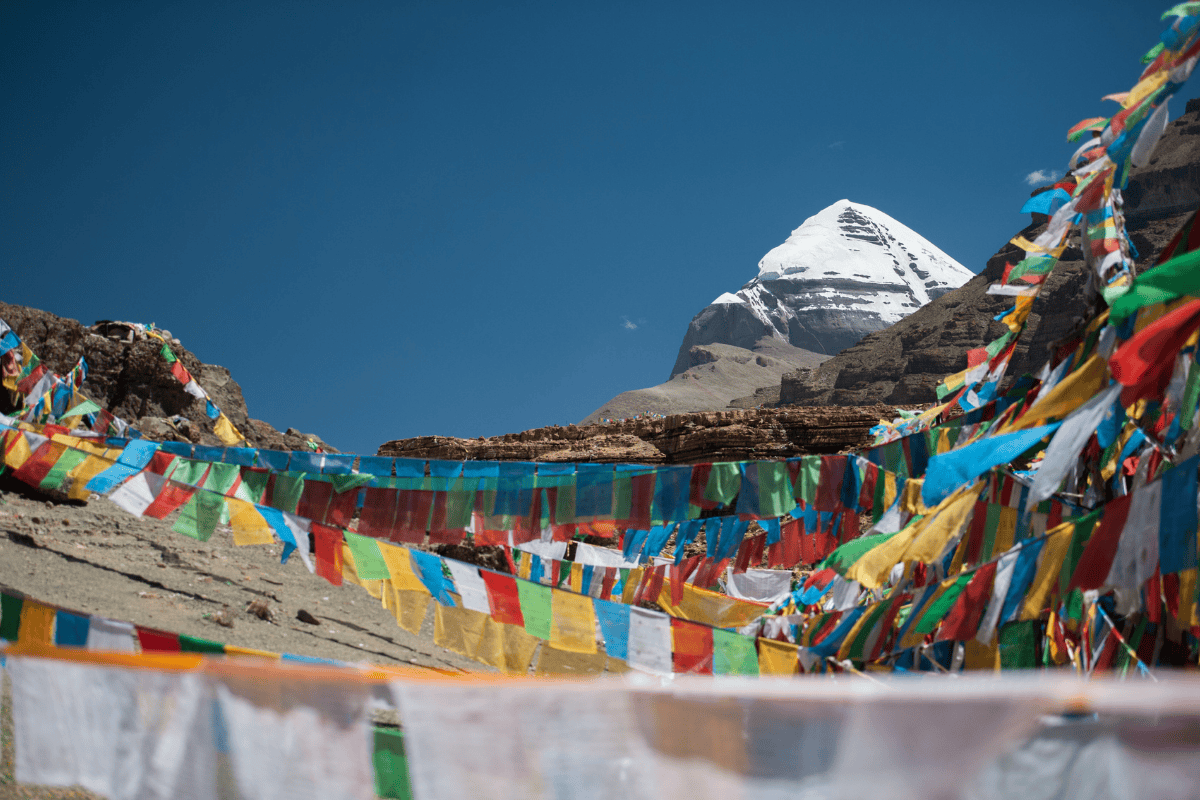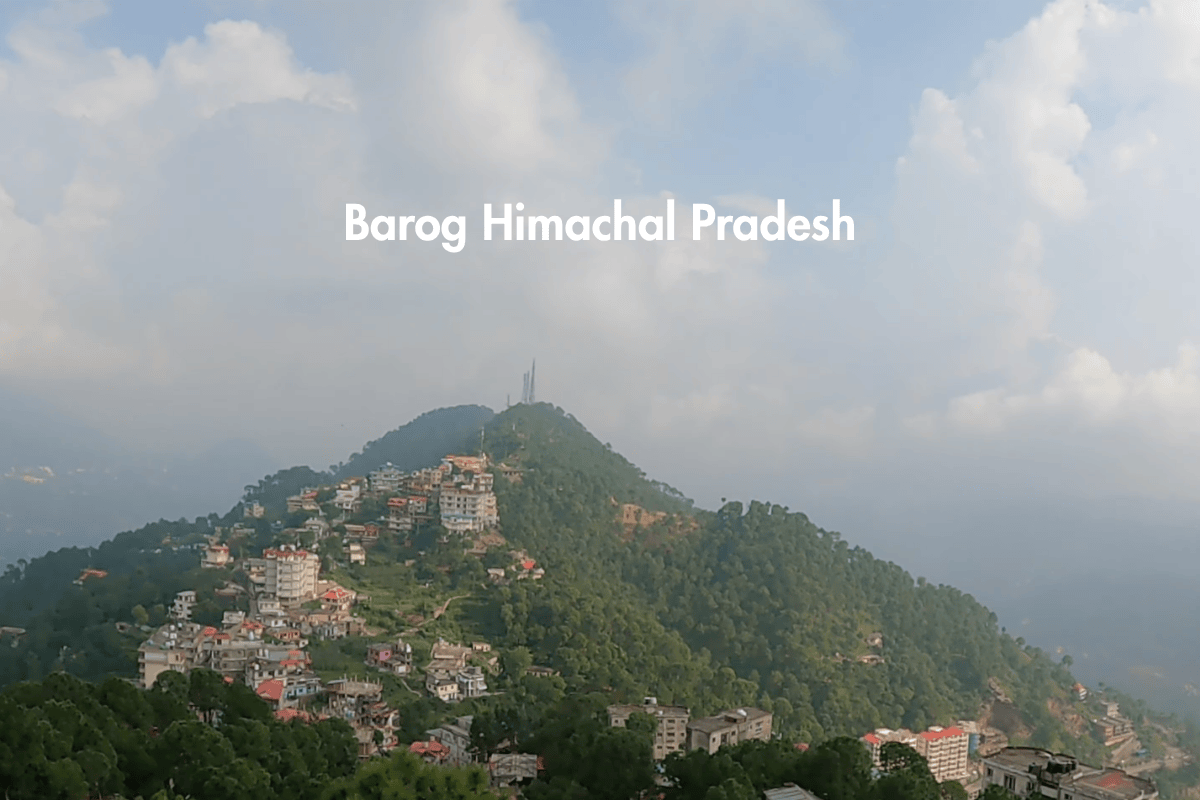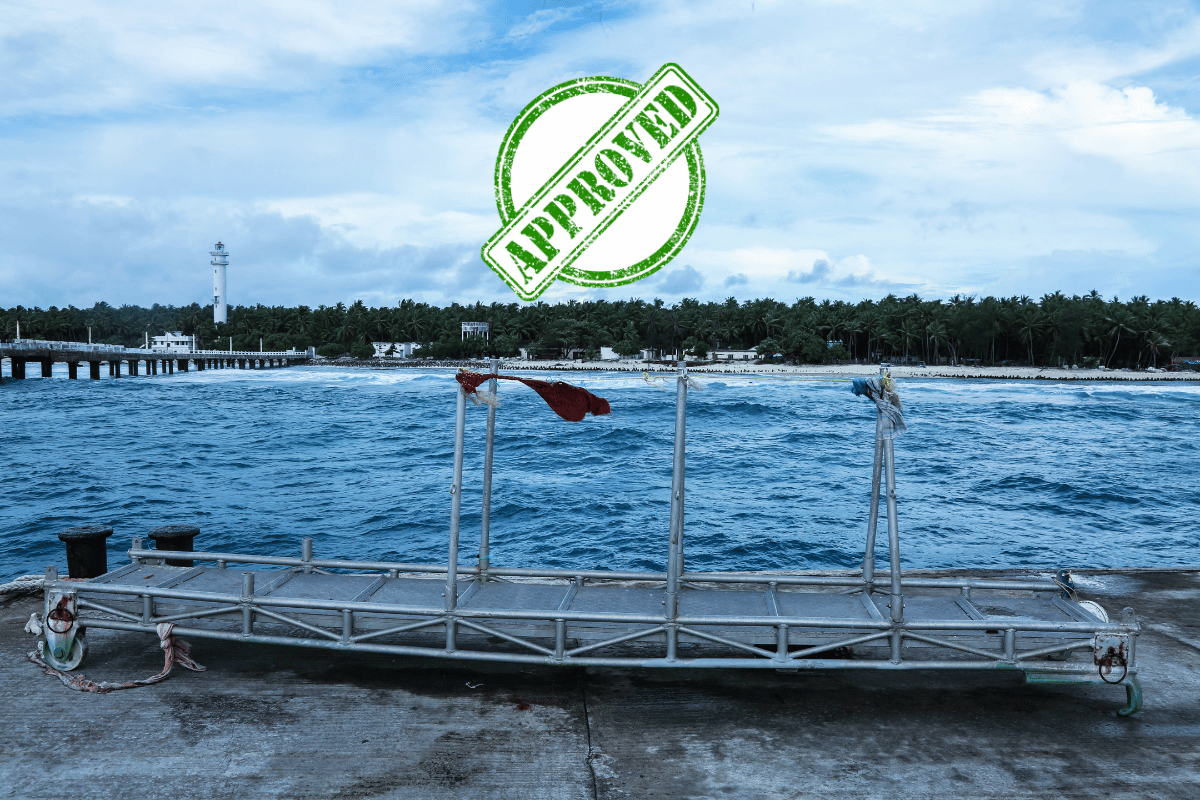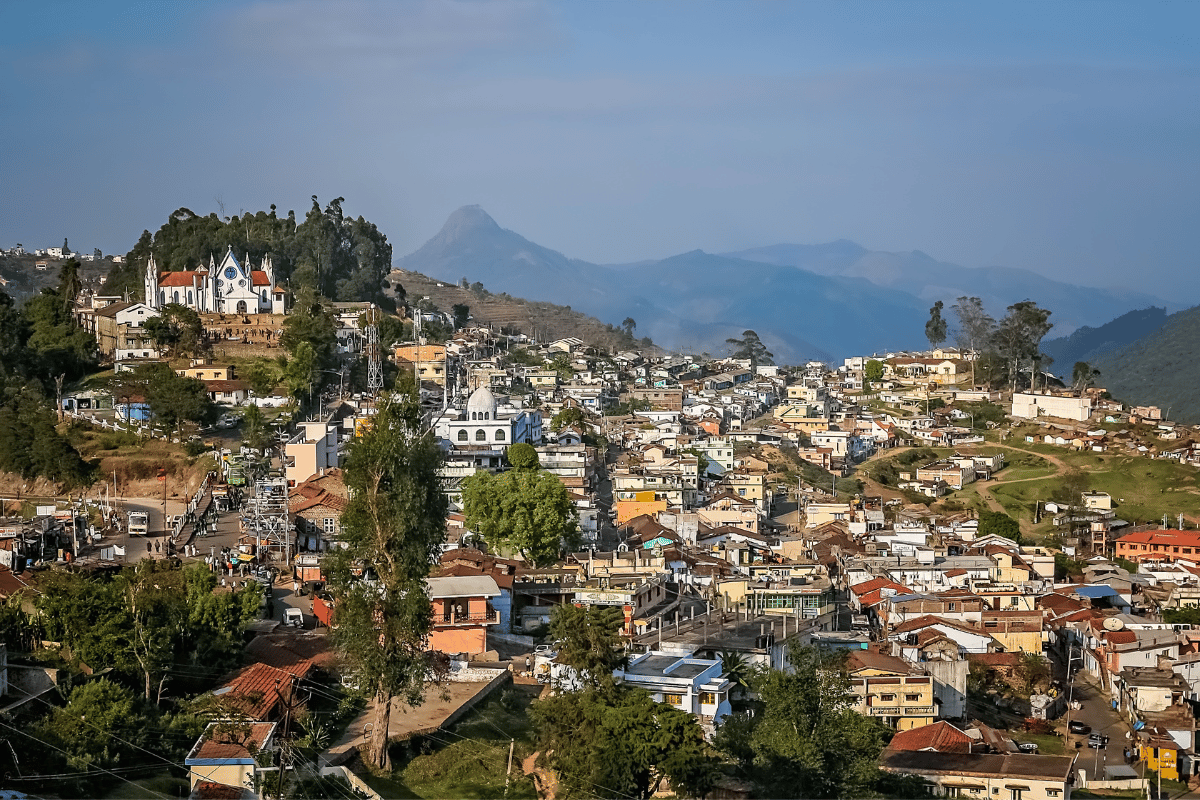Best Time to Visit Shimla – Explore the Queen of Hills

Shimla, the capital of Himachal Pradesh, is one of India’s most popular hill stations. Known as the “Queen of Hills”, it is surrounded by snow-capped mountains, deep valleys, and pine forests. Shimla attracts lakhs of tourists every year with its cool weather, colonial charm, scenic beauty, and relaxed vibe. Whether you’re planning a honeymoon, a family trip, or a solo break, Shimla has something for everyone.
Table of Contents
- 1 History of Shimla
- 2 Importance of Shimla in Past History
- 3 Best Time to Visit Shimla
- 4 Top Places to Visit & Things to Do in Shimla
- 5 3. Kufri – Shimla’s Winter Wonderland
- 6 4. Green Valley – Shimla’s Natural Beauty Spot
- 7 Must-Try Food in Shimla – Taste of the Hills
- 8 Shimla-Kalka Toy Train – A Journey Through the Hills You’ll Never Forget
History of Shimla
Shimla’s name comes from Shyamala Devi, an avatar of the Hindu goddess Kali. Before the British arrived, Shimla was just a small forest village. But its cool climate attracted the British during the early 19th century.

In 1864, the British declared Shimla as the Summer Capital of British India. While Delhi used to burn under the summer sun, British officials moved to Shimla to run the government from here. They built grand buildings, railway lines, churches, and clubs that still give Shimla a colonial feel.
Importance of Shimla in Past History
During the British rule, Shimla became a political hub. Major decisions, policies, and treaties were discussed here — including the Simla Conference of 1945, which played a key role in India’s independence story.
Shimla was also famous for its role in governance, as British Viceroys and Governors used to operate from here. It was one of the most organized and well-maintained towns during British India.
Today, Shimla is still important — not just as a tourist destination, but also as the state capital and an educational, cultural, and commercial center in Himachal Pradesh.
Best Time to Visit Shimla
Shimla is a year-round destination, but the experience differs from season to season:
Winter (December to February)
- Best for snowfall lovers
- Ideal for honeymooners and snow sports
- Carry heavy woolens — it’s chilly!
Summer (March to June)
- Best for pleasant weather, sightseeing, and walking around
- Perfect for families and regular tourists
- Temperature: 15°C – 30°C
Monsoon (July to September)
- Less crowded, but occasional landslides and roadblocks
- Beautiful green surroundings
- Budget-friendly time to visit
Most Recommended Time to visit shimla is March to June and December to January (for snow)
Top Places to Visit & Things to Do in Shimla
1. Jakhoo Temple – Lord Hanuman’s Blessings at the Top of Shimla

Jakhoo Temple is one of the most famous and sacred temples in Shimla, dedicated to Lord Hanuman. It is located on Jakhoo Hill, which is the highest point in Shimla, around 2,455 metres (8,000 feet) above sea level. From the top, you get a 360-degree view of Shimla and the nearby snow-covered hills.
The main attraction here is the huge Hanuman statue which is 108 feet tall and can be seen from almost every part of Shimla. Many people believe that Lord Hanuman rested here during his journey to find Sanjeevani Booti in the Ramayana.
You can reach the temple by:
- Trekking (about 30–40 mins) from Mall Road
- Jakhoo Ropeway (Cable Car) which takes only a few minutes and offers amazing views
Beware of monkeys near the temple — they are naughty and often snatch bags or sunglasses! But the peaceful vibe and cool air at the top make it a must-visit spot in Shimla.
2. The Ridge & Mall Road – The Heart of Shimla
The Ridge and Mall Road are the main tourist areas in Shimla where most of the fun happens. Think of it as the city centre, where you can walk, shop, eat, and enjoy the view — all in one place.

- The Ridge is a large open space that offers stunning views of the mountains and sunrise/sunset.
- It is the venue for many cultural events and festivals like Summer Festival.
- Famous buildings here include Christ Church and the State Library.
Mall Road, just below the Ridge, is a lively street with:
- Shops (woollens, souvenirs, Himachali handicrafts)
- Cafés and bakeries
- Street food and ice cream stalls
- Bookstores, photographers, and even street musicians
No vehicles are allowed on Mall Road, which makes it perfect for peaceful evening walks with family or loved ones.
3. Kufri – Shimla’s Winter Wonderland
Kufri is a small hill station located just 16 km from Shimla. It’s famous for its snowfall during winter, and many people visit here to enjoy snow-related activities.

In December and January, Kufri is covered in snow and becomes a white paradise. You can try:
- Skiing
- Tobogganing (sled rides)
- Snowball fights and snowman-making
In summer, Kufri is still lovely with cool weather and green views. Don’t miss the Kufri Fun World, which has amusement rides, go-karting, and the world’s highest go-kart track.
You can also ride on horses or mules to reach the main viewpoint called Mahasu Peak, which gives a beautiful view of the Himalayan ranges.
4. Green Valley – Shimla’s Natural Beauty Spot
Green Valley is a breathtaking natural spot located between Shimla and Kufri. It’s a lush green area filled with deodar, pine, and oak forests, and is a popular photo stop for tourists.

You’ll find valleys covered with thick forests, and if you’re lucky, you might even spot yaks or wild animals from a distance. The view is especially beautiful in the early morning or during monsoon, when the fog makes the place feel magical.
There are no shops or buildings here — just pure nature, peaceful air, and Instagram-worthy scenery. Most tour cabs stop here for 10–15 minutes so visitors can click pictures and enjoy the view.
Must-Try Food in Shimla – Taste of the Hills
Shimla isn’t just famous for mountains and colonial charm — it also offers a variety of tasty dishes that are loved by both locals and tourists. From street snacks to traditional Himachali food, here’s what you must try when in Shimla:
1. Chana Madra
A popular Himachali dish made with chickpeas and yoghurt-based gravy, served with rice. It’s rich, creamy, and full of flavour.
2. Sidu
A local wheat-based bread, usually stuffed with mashed potatoes or nuts, served with ghee and chutney — a true Pahadi delicacy.
3. Thukpa and Momos
These Tibetan dishes are very common in Shimla’s street stalls and cafés. Hot thukpa (noodle soup) and steamed momos are perfect for the cold weather.
4. Madra, Dham, and Babru
These are authentic Himachali dishes often served during local feasts and festivals. You can find them in local dhabas and food stalls.
5. Café Food & Bakeries at Mall Road
You’ll also love the old-school bakeries on Mall Road for their pastries, coffee, and hot chocolate. Some famous cafés include:
- Wake & Bake Café
- Indian Coffee House
- Café Simla Times
Don’t forget to try hot gulab jamuns, bread pakoras, and masala tea from local roadside vendors.
Shimla-Kalka Toy Train – A Journey Through the Hills You’ll Never Forget
If you’re planning a trip to Shimla, don’t miss a chance to ride the Shimla-Kalka Toy Train — one of the most scenic and slow-paced train journeys in India. It’s not just a ride, it’s an experience that takes you through mountains, valleys, tunnels, and pine forests, all at a slow, relaxing speed.

As the toy train climbs from Kalka (in Haryana) to Shimla (in Himachal Pradesh), you’ll feel the temperature drop, the air become fresher, and the views become more magical with every turn.
End Words:
Shimla is more than just a hill station — it’s a perfect mix of natural beauty, history, food, and peaceful moments. Whether you’re walking on Mall Road, praying at Jakhoo Temple, enjoying snow in Kufri, or riding the Kalka-Shimla toy train, every part of Shimla has something special to offer.
The best time to visit depends on what you want — cool summers, snowy winters, or quiet green monsoons. But no matter when you go, Shimla welcomes you with open arms and fresh mountain air.
So pack your bags, take a break from the city noise, and let the Queen of Hills refresh your soul. Once you visit Shimla, a piece of it will always stay in your heart.

